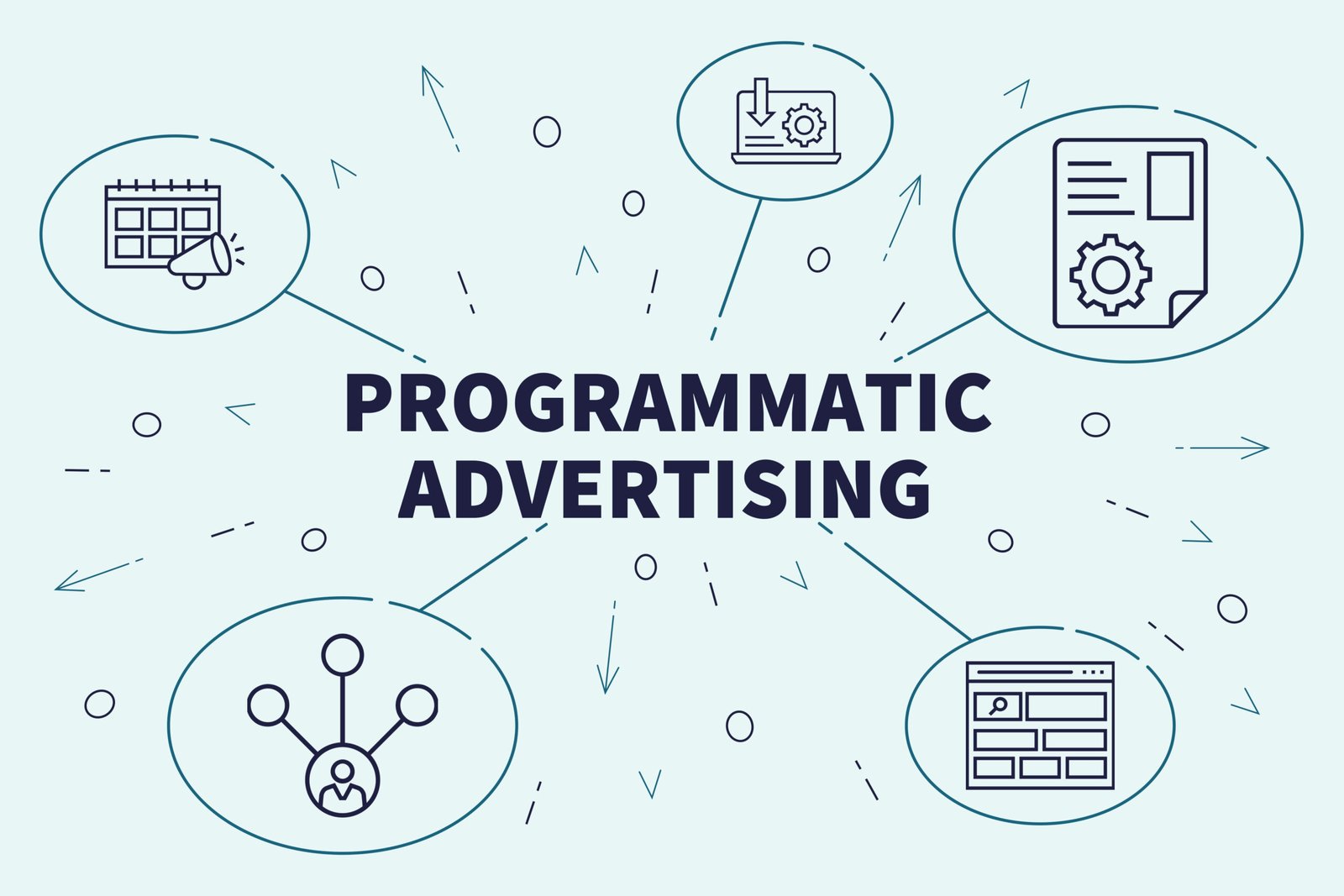The Beginner’s Guide to Programmatic Advertising
Programmatic advertising has revolutionized the way digital ads are bought and sold. It has become an essential part of the marketing landscape, allowing advertisers to reach their target audience more effectively and efficiently. If you’re new to programmatic advertising, this guide will provide you with a basic understanding of what it is and how it works.
What is Programmatic Advertising?
Programmatic advertising is the automated buying and selling of digital ad space. Instead of negotiating and placing ads manually, programmatic advertising uses algorithms and data to make real-time decisions about which ads to buy and where to place them. It allows advertisers to reach their target audience at the right time and in the right place.
Programmatic advertising uses advanced technology platforms called Demand-Side Platforms (DSPs) and Supply-Side Platforms (SSPs) to facilitate the buying and selling process. DSPs enable advertisers to manage and optimize their ad campaigns, while SSPs allow publishers to sell their ad inventory.
How Does Programmatic Advertising Work?
Programmatic advertising works through a complex process that involves multiple players and technologies. Here’s a simplified overview of how it works:
- Advertiser sets campaign goals: The advertiser defines their campaign objectives, target audience, budget, and other parameters.
- Advertiser selects inventory: The advertiser identifies the websites, apps, or other digital platforms where they want their ads to appear.
- Advertiser creates ad: The advertiser designs the creative assets for their ad, including images, videos, and copy.
- Ad auction: When a user visits a website or app, an ad space becomes available. Advertisers bid in real-time to win the ad space and display their ad to the user.
- Ad serving: The winning ad is served to the user’s device in a fraction of a second.
- Performance tracking and optimization: Advertisers monitor the performance of their ads and make adjustments to improve results.
Benefits of Programmatic Advertising
Programmatic advertising offers several benefits for advertisers:
- Targeting capabilities: Programmatic advertising allows advertisers to target specific audiences based on demographics, interests, behaviors, and other data points. This precision targeting ensures that ads are shown to the right people at the right time.
- Real-time optimization: Programmatic advertising enables advertisers to optimize their campaigns in real-time. They can adjust bidding strategies, targeting parameters, and creative elements to maximize performance and ROI.
- Efficiency and cost-effectiveness: Programmatic advertising streamlines the ad buying process, eliminating the need for manual negotiations and paperwork. It also allows advertisers to reach a large audience at scale, reducing costs and increasing efficiency.
- Transparency and data insights: Programmatic advertising provides advertisers with detailed data and insights about their campaigns. They can track impressions, clicks, conversions, and other metrics to measure the effectiveness of their ads.
Challenges and Considerations
While programmatic advertising offers many benefits, there are also challenges and considerations to keep in mind:
- Ad fraud: Programmatic advertising is susceptible to ad fraud, where fake or low-quality traffic is generated to inflate ad impressions. Advertisers need to implement measures to detect and prevent ad fraud.
- Brand safety: Programmatic advertising can sometimes result in ads appearing on inappropriate or harmful websites. Advertisers should use brand safety tools and work with trusted partners to ensure their ads are displayed in a safe and relevant environment.
- Data privacy: Programmatic advertising relies on data collection and targeting, which raises concerns about data privacy. Advertisers must comply with privacy regulations and ensure that user data is handled responsibly.
Conclusion
Programmatic advertising has transformed the digital advertising landscape, offering advertisers new ways to reach their target audience with precision and efficiency. By leveraging advanced technology and data-driven insights, advertisers can optimize their campaigns and achieve better results. However, it’s important to be aware of the challenges and considerations associated with programmatic advertising and take necessary precautions to mitigate risks. With the right strategy and approach, programmatic advertising can be a powerful tool for driving business growth.


No responses yet